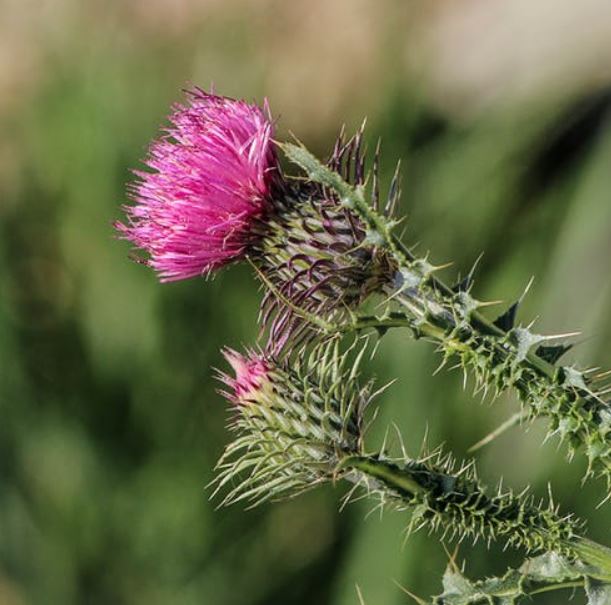Overview Of Milk Thistle
Milk thistle is native to Europe and was introduced into North America by early colonists. The plant is found throughout the eastern United States, California, South America, Africa, Australia, and Asia.
The terms “milk thistle” and “silymarin” are often used interchangeably. The scientific name for milk thistle is Silybum marianum. It is a member of the aster or daisy family and has been used by ancient physicians and herbalists to treat a range of liver and gallbladder diseases and to protect the liver against a variety of poisons.
Historically, people have usedsilymarin for liver disorders and gallbladder problems.
This plant is promoted as a dietary supplement for hepatitis, cirrhosis, jaundice, diabetes, indigestion, and other conditions.
Commonly Associated With
Mary thistle; Holy thistle; Silybum marianum
What Do We Know About Safety?
- In clinical trials, milk thistle appears to be well-tolerated in recommended doses. Occasionally, people report various digestive side effects.
- Silymarin may produce allergic reactions, which tend to be more common among people who are allergic to plants in the same family (for example, ragweed, chrysanthemum, marigold, and daisy).
- The supplement may lower blood sugar levels in people with type 2 diabetes. People with diabetes should use caution.
- Little is known about whether it’s safe to use this supplement during pregnancy or while breastfeeding.



